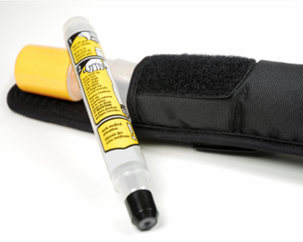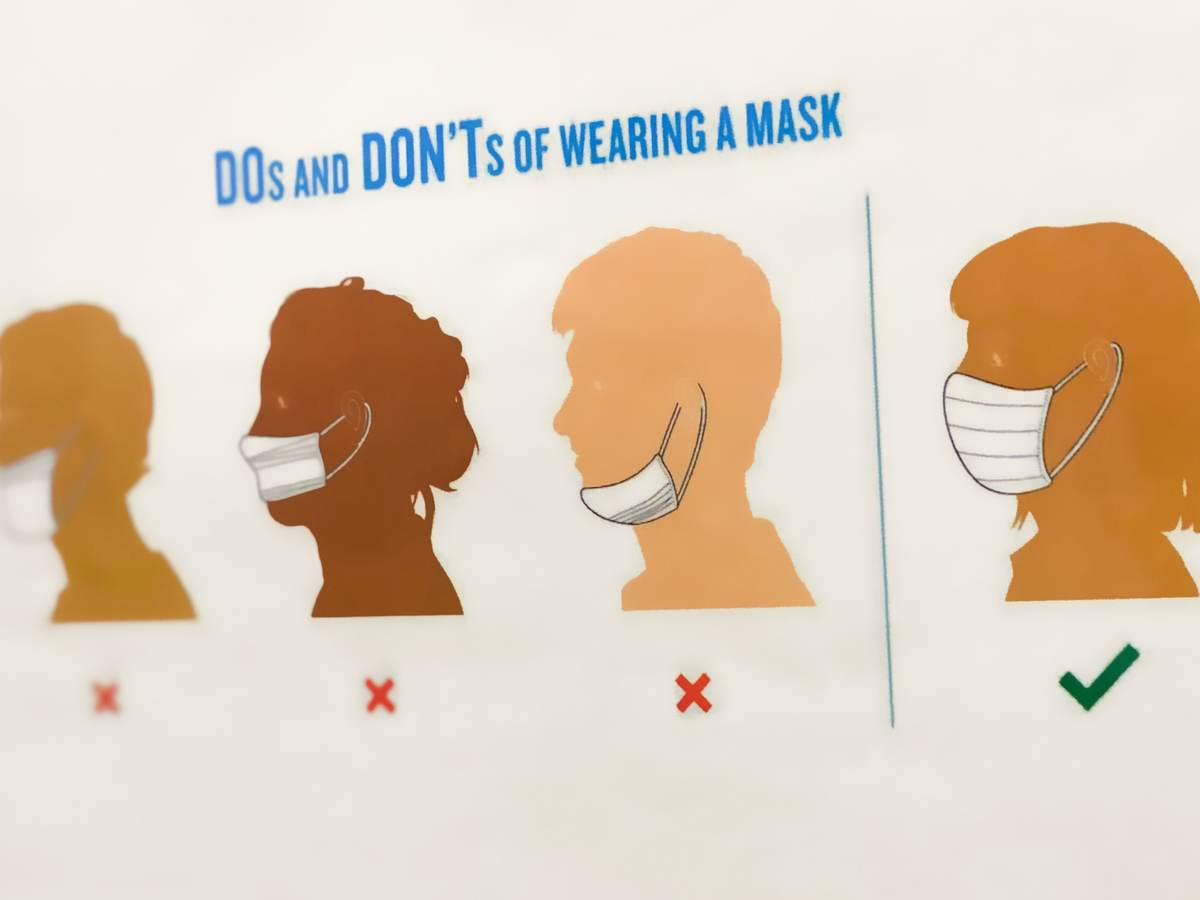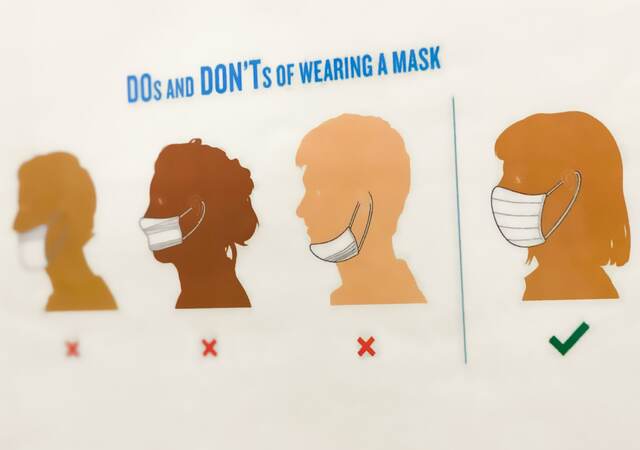
April 18, 2023
By Cory Costantino and Jacqueline Edwards
Quick Reference Guides (QRGs) are brief supplemental guides that complement a product’s full Instructions for Use (IFU). QRGs can assist users in accessing information more quickly and for various scenarios, such as troubleshooting or set up, where returning to the IFU might be too burdensome.
There are myriad potential benefits of providing QRGs along with a medical device – devices that can have numerous use-related risks and interactions that users might not be fully comfortable with or remember. For example, QRGs:
-
are generally less intimidating than IFUs
-
can be optimized for task-specific support (e.g., frequent or complex tasks) and quicker comprehension
-
can appear to simplify the workload, and thereby increase confidence
-
can include essential warnings (as opposed to a potentially overwhelming number of safety messages in an IFUs overall safety information section)
-
more compact than traditional IFUs
-
can provide manufacturers with another tangible risk mitigation as well as potentially lower demand for customer support
Like every other aspect of good user interface design, a good QRG takes into consideration the users, the use environment, and the tasks that need to be presented. Thorough user research will yield effective requirements which will help guide the appropriate format and design for the QRG. For example, QRGs can come in a wide range of shapes, sizes, and mediums, such as an on-device label, packaging insert, or digital format. A simple QRG might be found on the side of an emergency device such as an EPI-Pen, showing the information needed for the critical action users will need to perform at the moment. A QRG might be attached to a more complex piece of hospital equipment and include several pages of reminders and troubleshooting procedures, so users can reference it at any time.


Simple or complex devices could have various forms of QRGs.
No matter the format of the QRG, the presentation of the information should have common design characteristics that facilitate quick and effective communication. For example:
-
Low text density
-
Direct and concise language
-
Clear visual hierarchy of both font sizes and graphic elements
-
Numbered steps
-
Prominent safety messages
-
Illustrations as an additional form of communication
A QRG can be a great way to help users by complimenting materials that might exist in an IFU or have been covered in a training but might not be reliably recalled quickly enough at the moment to avoid harmful or frustrating use errors. There is no one-size-fits-all design for a QRG because every device should be considered individually and a format that may work for one may not be optimal for another. As such, always remember to bring to bear solid instructional design principles and a robust design process of Research, Analyze, Design, Test, and REPEAT, to your QRG design process.
Cory Costantino is Design Director and Jacqueline Ediwards is Senior User Interface Designer at Emergo by UL's Human Factors Research & Design division.
Request more information from our specialists
Thanks for your interest in our products and services. Let's collect some information so we can connect you with the right person.






